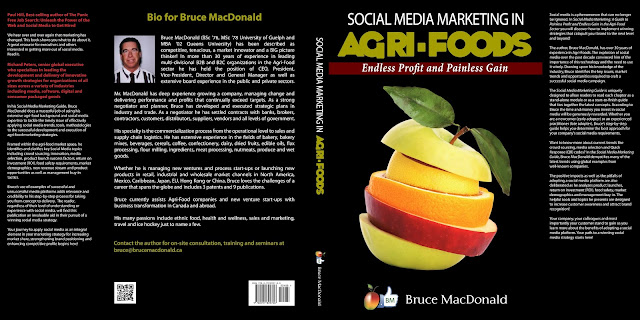REPORT: U.S. DAIRY INDUSTRY—STRUCTURE, REGULATORY FRAMEWORK LEAD TO CONSISTENT UNDERPERFORMANCE
Posted in Articles, Dairy, Dairy Ingredients, Dairy Management, Demographic, Milk, Beverages,Regulatory, Costs, Agriculture, Economics, Frozen / Refrigerated Foods, Nutrition, Proteins, Vitamins / Minerals, Calcium, Market Trends
Although filled with fine, hard-working people who produce high-quality nutritious food, the U.S. dairy industry significantly underperforms its potential. In a global market where consumers clamor for dairy foods rich in protein, calcium and nutrients, the U.S. dairy industry is a follower and a price taker. Big segments of the industry are in long-term decline, and others are significantly less-developed and innovative than in other first-world countries.
In this free SupplySide Beverage Insights report on the U.S. dairy industry, Gregg Engles details how the industry’s structure and regulatory framework—developed decades ago in response to conditions that are no longer relevant—pit industry participants against one another, and seek to shield parts of the industry from competition rather than embracing the market. Perceived beneficiaries under the regulatory framework have effectively prevented its fundamental premises from being questioned. The regulatory market distortions have generally grown through the years, not diminished. Because of the regulatory environment, the industry spends more time thinking about how to divide the pie, and less time thinking about how to grow it.
Four harmful factors of the regulatory environment include:
Check out my latest e-book entitled: "Social Media Marketing in Agri-Foods: Endless Profit and Painless Gain"Four harmful factors of the regulatory environment include:
- Standards of identity, built on the notion that milk is "nature’s perfect food"—which limit the innovation and expansion of the domestic dairy market.
- Class pricing, based on the fallacy that you can permanently extract excess profits by having the government set a price above the unregulated market, without destroying demand.
- The industry’s price support structure, which rests on the fallacy that certain insurance is “free" or without negative consequence.
- A farmer-centric frame of reference in the original enabling legislation for the dairy regulatory scheme.
The book is available on Amazon and Kindle for $4.99 USD. Visit amazon/Kindle to order now:
http://www.amazon.ca/Social-Media-Marketing-Agri-Foods-ebook/dp/B00C42OB3E/ref=sr_1_1?s=digital-text&ie=UTF8&qid=1364756966&sr=1-1
Thanks for taking the time!


No comments:
Post a Comment